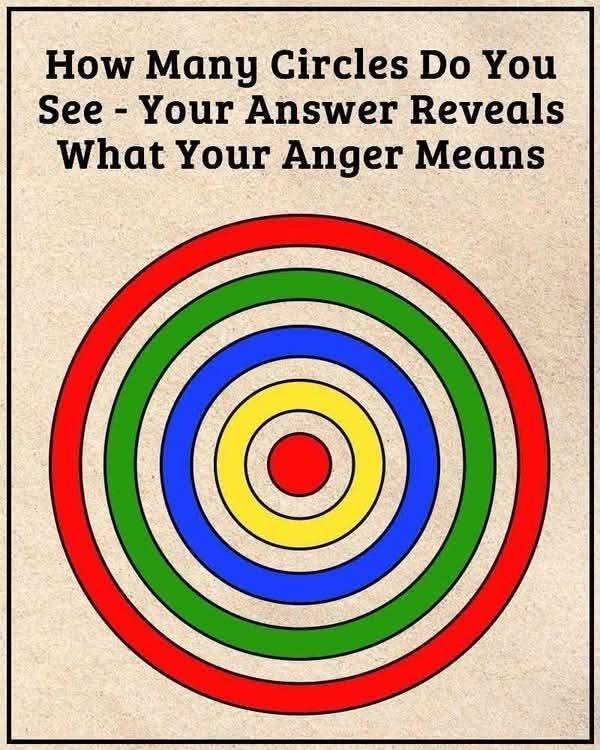There is some research suggesting that personality traits can slightly influence how we interpret ambiguous stimuli. For example, individuals high in neuroticism might be more likely to perceive threatening elements in ambiguous images. However, these correlations tend to be small, and the stimuli are usually carefully designed for controlled experiments—unlike a random circle meme on social media.
The Limits of a Single Image
Even in professional settings, multiple tests and observations are necessary to draw any conclusions about personality. A single glance at an optical illusion is unlikely to yield a robust measure of narcissism—or any other trait. The circle meme’s claim is more akin to a fun party trick than a scientifically validated approach.
Examining the “Circle Illusion” Step by Step
Let’s now take a closer look at the specific image behind the meme. In it, we see multiple concentric circles, all of which share a single center. Depending on how you focus, you might see:
A Single Circle: If your eye is drawn to the outermost circle, you might perceive the entire image as one big shape with a dot near the edge.
Multiple Concentric Circles: If you look carefully, you might count seven, eight, or more circles.
A Large Circle with a Small Circle: Some might see the outer ring as one circle and interpret the smaller ring in the middle as another circle, and so on.
The meme then typically claims something along the lines of: “If you see X number of circles, you’re normal, but if you see Y number of circles, you’re a narcissist.” The exact numbers can vary, depending on which version of the meme is circulating. Often, it is structured to pique curiosity or spark a reaction—people want to know if they “passed” or if they should be alarmed.
What’s Really Happening?
What’s happening is that the image can be perceived in different ways based on your focus, attention, and perhaps even your screen size or the device you’re using. If you’re on a small phone screen, you might not distinguish every single ring as easily as someone viewing it on a larger monitor. Lighting conditions, screen brightness, and even how quickly you scroll past the image all affect what you perceive.
None of these factors are indicative of narcissism. They’re simply quirks of visual processing.
The Role of Expectation, Suggestion, and Cognitive Bias
A significant part of why people might be inclined to believe this meme lies in the power of suggestion. When we’re told that a certain perception reveals something about our personality, we may look for confirmation. This is related to several well-known cognitive biases:
Confirmation Bias
The Number of Circles You See Determines If You’re a Narcissist: Exploring Optical Illusions, Personality, and the Myth Behind the Meme
